
Lexus IS F (2008-2012) engines, drive and performance
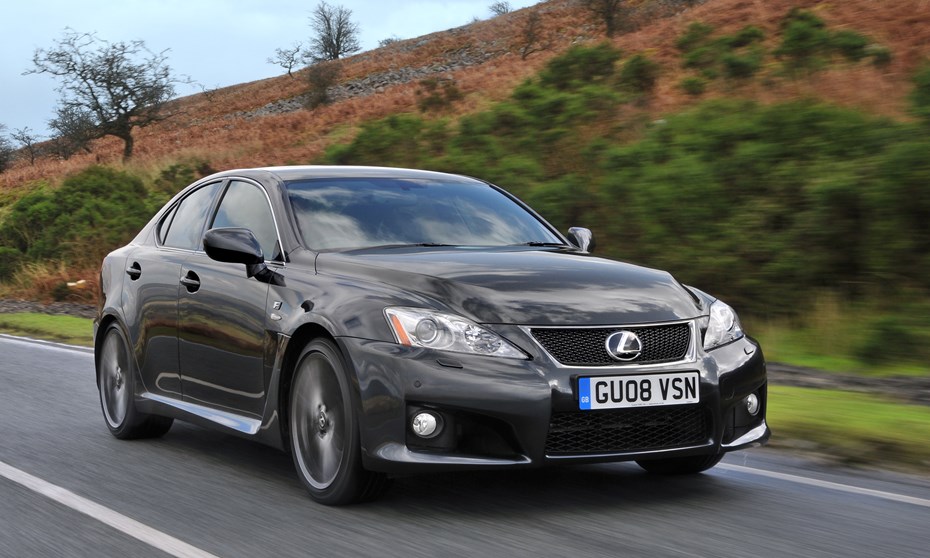
Underneath that bulging bonnet sits a 5.0-litre V8 unit which delivers 417bhp, making it the most powerful engine Lexus has ever produced. With whopping reserves of pulling power it propels the IS F from 0-62mph in just 4.8 seconds – on par with the BMW M3 though just slower than the Mercedes C63 AMG. At low speeds the engine is like any other Lexus unit – smooth and quiet, but once the needle passes 3,700rpm it changes character, roaring into life with purposeful acceleration.
The high-revving engine has been designed for high performance driving and so maximum power doesn’t arrive until 6,600rpm. As a result the engine has to be worked quite hard, but the paddleshift-operated eight-speed gearbox (which delightfully blips the throttle on downshifts) means it’s easy to stay in the powerband. There is also a switch (close to the steering column so tricky to access) that allows the driver to select either Sports, Normal or Snow modes.
In Sports the engine revs higher before changing up and shifts down sooner when the revs drop. In Snow mode the opposite happens while Normal is a compromise between the two.
This is where the IS F fails to rival its German competitors – while the pace and noise are intoxicating the handling doesn’t quite follow suit. There’s minimal body roll in corners thanks to stiffer suspension and a lower ride height than the standard IS, but the electric steering lacks the feel and response required in a high performance saloon. As a result it feels numb.
That doesn’t prevent it from being accurate and composed through corners while grip is excellent too – although in the wet you’ll be glad of the standard traction control. Ultimately, while it handles well, it lacks a little in the driver engagement and charisma stakes. in 2010 Lexus fitted the IS-F with a limited slip differential as standard that allows the rear wheels to turn at different speeds in relation to each other.
On the road this means it helps prevent wheelspin and improves grip, while on the trackit enables faster. smoother cornering as the power gets divert to the wheel with the most grip.


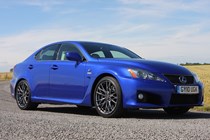
.jpg)
.jpg)
.jpg)
.jpg)
.jpg)
.jpg)
.jpg)
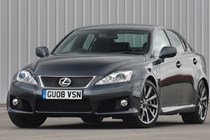
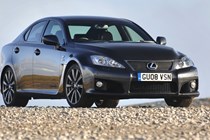
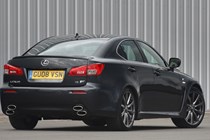
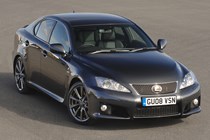

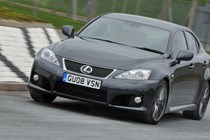
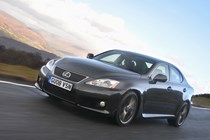
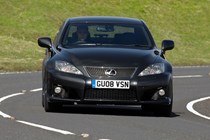
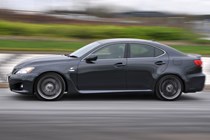

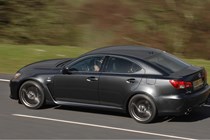
.jpg)
.jpg)
.jpg)
.jpg)
.jpg)
.jpg)
.jpg)
.jpg)
.jpg)
.jpg)
.jpg)
.jpg)
.jpg)
.jpg)
.jpg)
.jpg)
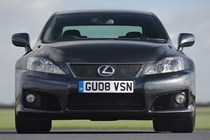
.jpg)
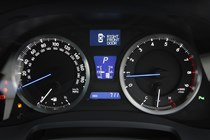
.jpg)
.jpg)
.jpg)
.jpg)
.jpg)
.jpg)
.jpg)
.jpg)
.jpg)
.jpg)
.jpg)
.jpg)
.jpg)
.jpg)
.jpg)
.jpg)
.jpg)
.jpg)
.jpg)
.jpg)
.jpg)
.jpg)
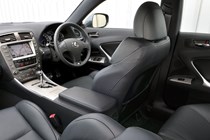
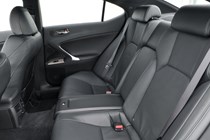
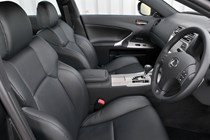
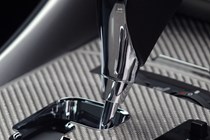
.jpg)
.jpg)
.jpg)
.jpg)
.jpg)
.jpg)
.jpg)
.jpg)

.jpg?quality=50)
.jpg?quality=50)
.jpg?quality=50)
.jpg?quality=50)
.jpg?quality=50)
.jpg?quality=50)
.jpg?quality=50)











.jpg?quality=50)
.jpg?quality=50)
.jpg?quality=50)
.jpg?quality=50)
.jpg?quality=50)
.jpg?quality=50)
.jpg?quality=50)
.jpg?quality=50)
.jpg?quality=50)
.jpg?quality=50)
.jpg?quality=50)
.jpg?quality=50)
.jpg?quality=50)
.jpg?quality=50)
.jpg?quality=50)
.jpg?quality=50)

.jpg?quality=50)

.jpg?quality=50)
.jpg?quality=50)
.jpg?quality=50)
.jpg?quality=50)
.jpg?quality=50)
.jpg?quality=50)
.jpg?quality=50)
.jpg?quality=50)
.jpg?quality=50)
.jpg?quality=50)
.jpg?quality=50)
.jpg?quality=50)
.jpg?quality=50)
.jpg?quality=50)
.jpg?quality=50)
.jpg?quality=50)
.jpg?quality=50)
.jpg?quality=50)
.jpg?quality=50)
.jpg?quality=50)
.jpg?quality=50)
.jpg?quality=50)




.jpg?quality=50)
.jpg?quality=50)
.jpg?quality=50)
.jpg?quality=50)
.jpg?quality=50)
.jpg?quality=50)
.jpg?quality=50)
.jpg?quality=50)